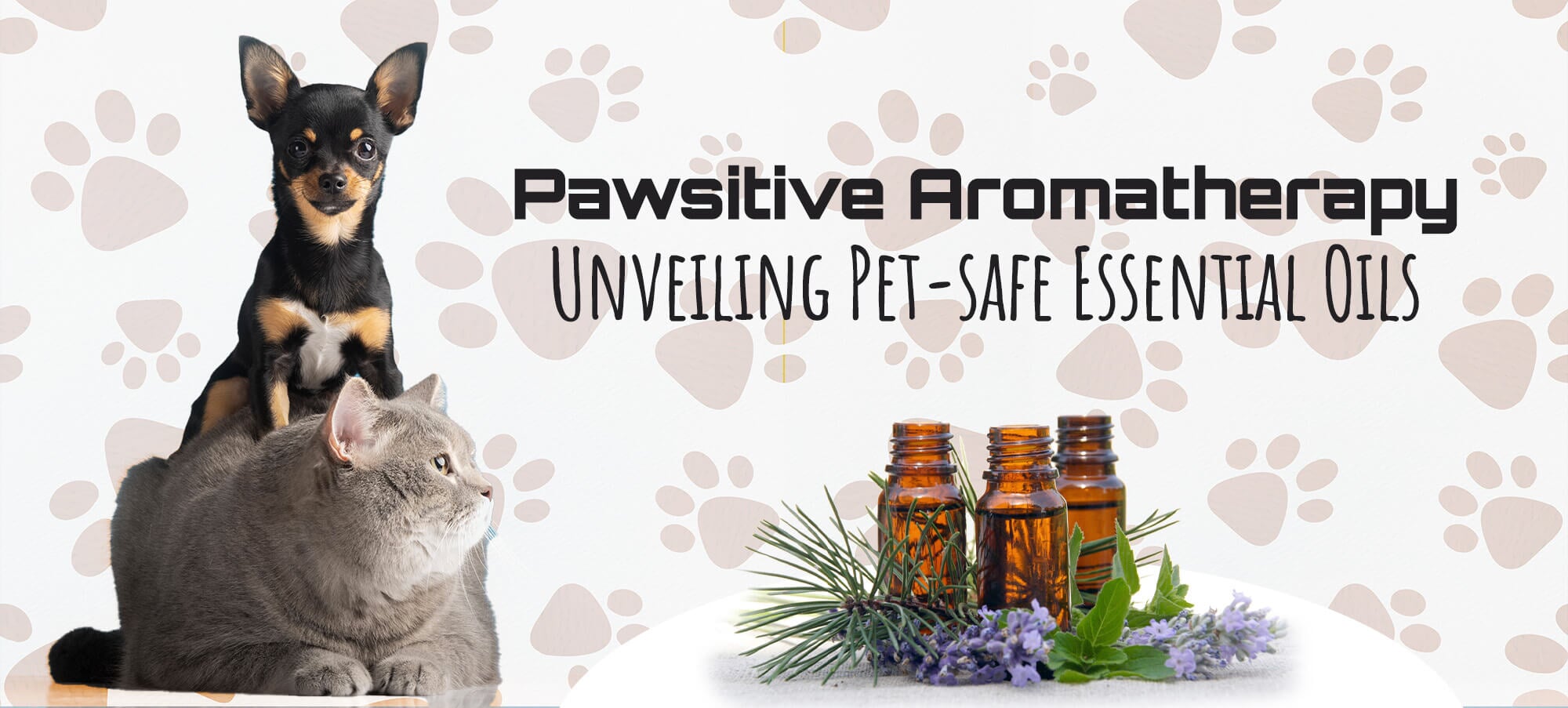
Pet-Friendly Essential oils , What's Safe & What's Not
Essential oils have long been celebrated for their remarkable benefits, not just for humans but also for our beloved pets. These potent wonders hold the key to addressing various therapeutic and grooming needs, from brightening up their gloomy days to soothing them during irritable moments. The trend of using pet-friendly essential oils in their lifestyles is rapidly gaining popularity, but it comes with a critical caveat – using them inappropriately may pose risks. Prioritizing your pet's well-being, it is crucial to conduct extensive research before selecting any essential oil for them. In this blog, we offer valuable insights into the world of pet essential oils, ensuring you can harness their therapeutic potential safely and effectively.
WHAT ARE ESSENTIAL OILS?
Essential oils are nature’s pure essence, extracted from specific plant compounds. There are multiple processes in the extraction of essential oils. The extraction of these oils involves several methods, with the most common being steam distillation, water distillation, or mechanical processes akin to juice extraction. Once extracted, these concentrated compounds are skillfully blended with carrier oils before application. Due to their potency, it is essential to exercise caution and dilute essential oils with a carrier oil of your preference before use, ensuring a safe and effective experience.

USAGE OF ESSENTIAL OILS?
The common use of essential oils includes diffusing or burning them to infuse your space with the scent (aromatherapy), blending them with lotions or massage oils, and using them to add scent or flavor to lip balms or other beauty products.
The usage of essential oils across all cultures is diffusing or burning them to induce a soothing aroma around you. In recent days, essential oils are used in beauty products, moisturizers, and lip balms; to add natural fragrance to the product.
WHICH ESSENTIAL OIL IS SAFE FOR YOUR PET?
Below are the common pet-friendly essential oils that are safe for pets. while these essential oils are generally considered safe for pets, it's crucial to dilute them properly and use them in moderation. Each pet is unique, and some may have individual sensitivities, so always monitor your pet's behavior and well-being when introducing any new scents or oils into their environment.
1. Pet Essential Oil for Anxiety, Stress & Nervousness
Lavender essential oil, Valerian essential oil, Chamomile essential oil, Marjoram essential oil, and Clary sage essential oil are considered safe for both dogs and cats and helps calm them down when they are agitated due to anxiety and nervousness.
These pet-friendly essential oils help soothe an anxious or nervous cat, dog, or horse. The best areas to apply essential oils are behind the ears and the tips of the ears (avoid applying inside the ear canal).
2. Pet-friendly Essential Oil for Wellness
Frankincense essential oil helps calm cats and boost immunity. This oil promotes feelings of peace and relaxation in dogs.
3. Pet Essential Oil for Skin Infections
Lavender essential oil can be used for both cats and dogs to soothe skin infections and wounds
Myrrh essential oil is anti-bacterial and can help soothe skin infections in dogs
Ginger essential oil is an excellent topical remedy for skin infections in dogs.
4. Pet Essential Oil for Respiratory Health
Ginger essential oil and Cardamom essential oil help with both digestion and respiratory problems in dogs.
5. Pet-friendly Essential Oil to Heal Injuries
Chamomile oil is both anti-inflammatory and antiseptic and can be used to heal injuries.
6. Pet Essential Oil for Pain Relief
Helichrysum essential oil is primarily used for pain relief, but can also be used for other skin issues.
Marjoram essential oil can also be used for pain relief from aching muscles.
7. Pet Essential Oil for Ticks or Fleas
Cedarwood essential oil and Marjoram essential oil are effective against mosquitoes, fleas and ticks
Neem oil is a natural remedy for fleas, ticks, and skin irritations in dogs
HOW TO USE ESSENTIAL OILS SAFELY FOR PETS?
If you have essential oil at home and you have a pet, then you must read this. The good news is that essential oils are 100% natural and absolutely safe to use around pets. Natural fragrances like lavender, chamomile, ginger, and frankincense are safe to use around pets. Remember to do a trial run and check on your pet’s reaction prior to using any essential oil. Opt for pet-safe essential oils that are diluted well and specially formulated to suit your pet.
Here are a few ways to use these oils safely around your pets.
1. Diffuser
The best way to use essential oils around pets would be through an electric diffuser. Dilute the 2 drops of pet essential oil of your choice in a teaspoon of carrier oil such as almond oil, or coconut oil (which is harmless to pets), add a few drops of this mixture to the diffuser filled with water, and diffuse it. Make sure the room is well-aerated.
It is important to remember pets are more sensitive to smell than humans, so what is normal to us could be overpowering to them. The key is to remember to keep it simple. Diffusers can be used with all pets. Smaller pets like cats and birds though will need a much more diluted oil compared to large pets.
2. Mists / Spray
Mix 2 drops of pet-friendly essential oil, one teaspoon of carrier oil, and 120ml of distilled water in a glass spray bottle. Be cautious to not apply too much, spray over the infected area sparsely. This can be useful in fixing pet odor and treating other pet skin conditions.
3. Swab the oil on the collar or calming cones
You could apply a swab of diluted essential oil on the pet's collar, calming cone, or in the infected area. Oil has to be diluted a lot to avoid any discomfort.
4. Ingestion
Ingestion of essential oils is not advisable for any pet in general. While bigger dogs and horses may not be harmed by this, with smaller animals like cats, small dogs, hamsters, and birds it may not be wise. Run it by a vet before you use it for bigger animals
5. Topical use
For skin allergies, pain relief or pet odor, etc., it would be more effective to apply the diluted oil topically. Here again, dilute it enough where small pets are concerned.
Avoid applying even diluted essential oils near sensitive areas such as the eyes, ears, nose, and genital regions.

HOW TO CHOOSE THE MOST SUITABLE ESSENTIAL OIL FOR PETS?
There is an essential oil for every need. So research well and follow the below steps to start using essential oils for your pets.
- Do your research: Research oils that have commonly been used to treat the pet in other cases before you make your pick. Make sure the oil is not toxic to your pet.
- Speak to an expert: Consult your vet before you start using it on your pet to learn about the dosage and any side effects that it may have.
- Choose a safe way: Based on the need choose a safe way to use essential oil for your pet. The best way to try a fragrance first is by diffusing just a drop or 2 of diluted essential oil.
- Sensitivity check: Observe for 15 to 20 mins after you diffuse the oil to see if your pet shows any signs of discomfort or dislike of the fragrance. We have discussed some common signs to look out for later in this blog.

WHY ARE A FEW ESSENTIAL OILS UNSAFE FOR PETS?
When it comes to using essential oils around your furry friends, certain oils should be avoided to ensure their safety. Not all pets can metabolize fragrance compounds, hence the compounds that are not broken up are a toxin to the body. Oils that are toxic to cats may be safe for dogs. Some oils which are unpleasant to cats and birds, work efficiently with dogs and horses.
Essential oils that are bad for cats
With cats, their liver does not adequately break down compounds such as phenols and alpha-pine. If you're a pet parent, it's crucial to be aware of essential oils that can be dangerous for your feline friends. Among the most hazardous to cats is tea tree oil, which can lead to skin irritation and toxicity if ingested. Steer clear of using the following essential oils with cats to ensure their well-being:
- Citrus oils (bergamot, grapefruit, lemon, lime, orange, tangerine)
- Birch, Cinnamon, Clove, Dill, Fennel, Oregano, Basil
- Tea tree
- Peppermint, Thyme oil, Spearmint oil
- Rosemary
- Nutmeg
- Wintergreen, Eucalyptus

Essential oils that are bad for dogs
With dogs, they store toxins in their body when the liver is unable to break them down. Phenol compounds such as wintergreen, thyme, and cinnamon are problem areas for dogs, and would be wise to avoid them.
The following essential oils are best kept away from dogs:
- Tea tree
- Birch
- Wintergreen
Additionally, exercise caution when using or avoid the below oils with your dogs
Oregano, Cassia, Cinnamon, Clove, Rosemary, Thyme, Eucalyptus
Prioritizing your pet's well-being and avoiding these oils can lead to a happy and healthy canine companion.

Essential oils that are bad for hamsters and rats
With rats and hamsters, peppermint is a big NO! The peppermint plant is usually grown in areas where they want to keep rats away. Eucalyptus and citronella oils drive away these pets too.
Essential oils that are bad for birds
Eucalyptus and tea tree oil are toxic to birds. The oil used must be extremely diluted when they are used with birds owing to their size. Citrus oils like lemon and orange are also unpleasant to birds.
IS EUCALYPTUS OIL SAFE FOR DOGS AND CATS:
No, eucalyptus oil is not safe for pets. Eucalyptus oil contains compounds called phenols, which can be toxic to both dogs and cats when ingested or applied topically. Inhaling the oil can also cause respiratory issues in both dogs and cats. As a result, it's best to avoid using eucalyptus oil around pets.
ESSENTIAL OILS SAFETY GUIDELINES
- Avoid using pet-friendly essential oils around newborns and pregnant pets.
- Consult a vet before starting the use of essential oil on or around your pet.
- Essential oil is the purest form of oil directly from the plant, hence it needs to be diluted extensively.
- Make sure your pets don't ingest the essential oils.
- Avoid using oils around aged pets and pets with existing health conditions or on medications
- Pets that are being treated by other topical medications should stay away from essential oils.
- Keep essential oils away from their reach. Avoid applying essential oils near sensitive areas such as the eyes, ears, nose, and genital regions.
- Stick to the dosage, do not overuse the oil. Remember to keep it to a minimum. What seems normal fragrance for us could be overpowering for pets.
- When using a diffuser, use a well-ventilated room. Make sure your pets can leave or move away when they feel the smell is unpleasant for them.
- Observe your pet for 15-30 minutes after the essential oil has been used. Any symptoms that show up would show up by that window.
Symptoms to look out for in pets
After using the diluted essential oil, closely observe your pet's behavior and well-being. If they show any signs of discomfort, agitation, or unusual behavior, discontinue use immediately.
You can notice some of these below signs if your pet doesn't like an essential oil fragrance
- Pacing
- Sniffing
- Tail tucking
- Shake off
- Nose wrinkled
- Spinning
- Sneezing / Wheezing
- Pawing at their mouth or rubbing their face repeatedly
Stay vigilant for the signs of essential oil poisoning. Watch out for the following warning indicators:
- Panting
- Excessive drooling
- Difficulty walking straight or an unsteady gait
- Labored breathing or difficulty breathing
- Weakness or lethargy
- Vomiting
- Diarrhea
If you notice any of these signs after your pet's exposure to essential oils, seek immediate veterinary attention to ensure prompt and appropriate care.
It is safe to use essential oils for pets as long as it is used with caution following all the safety guidelines. Research the oil you choose to use and stick to the dosage and dilution ratio. You don’t have to fear it going wrong as long as you stick to the rules. When in doubt always consult a vet before introducing new essential oil fragrances to your pets. That said, enjoy the wonders of essential oil for your pet and bring about a healthy lifestyle.
Check out our pet-safe Incense collection to enjoy the benefits of incense around pets.


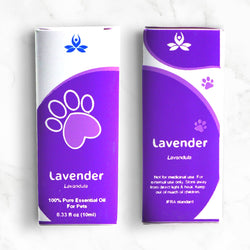
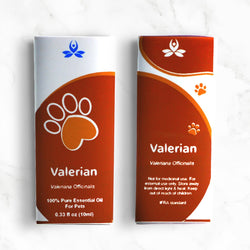
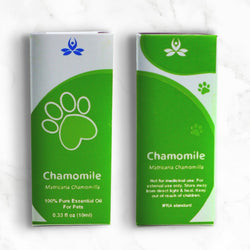
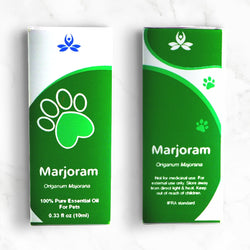
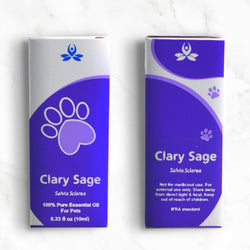

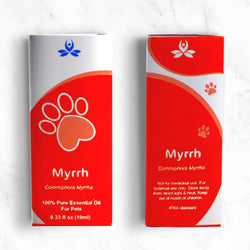
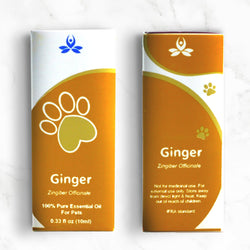



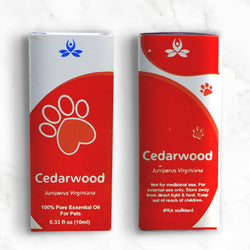



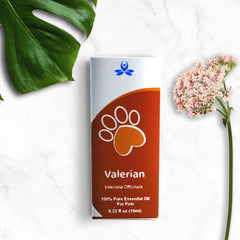
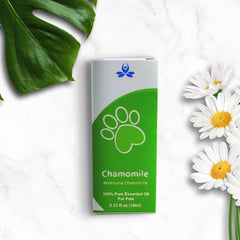
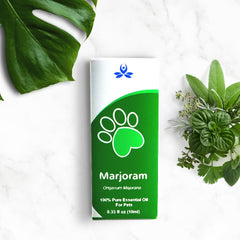




Leave a comment
This site is protected by hCaptcha and the hCaptcha Privacy Policy and Terms of Service apply.